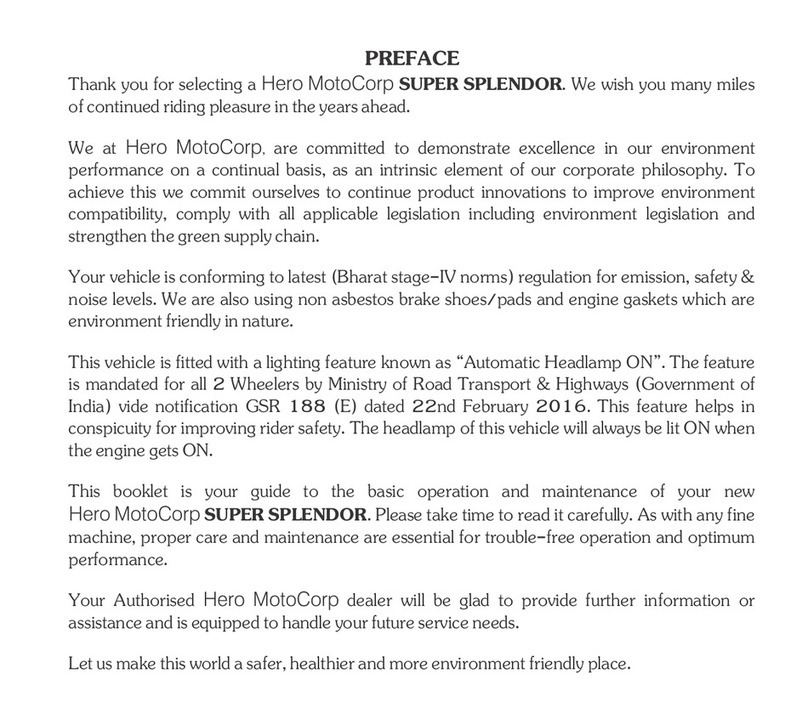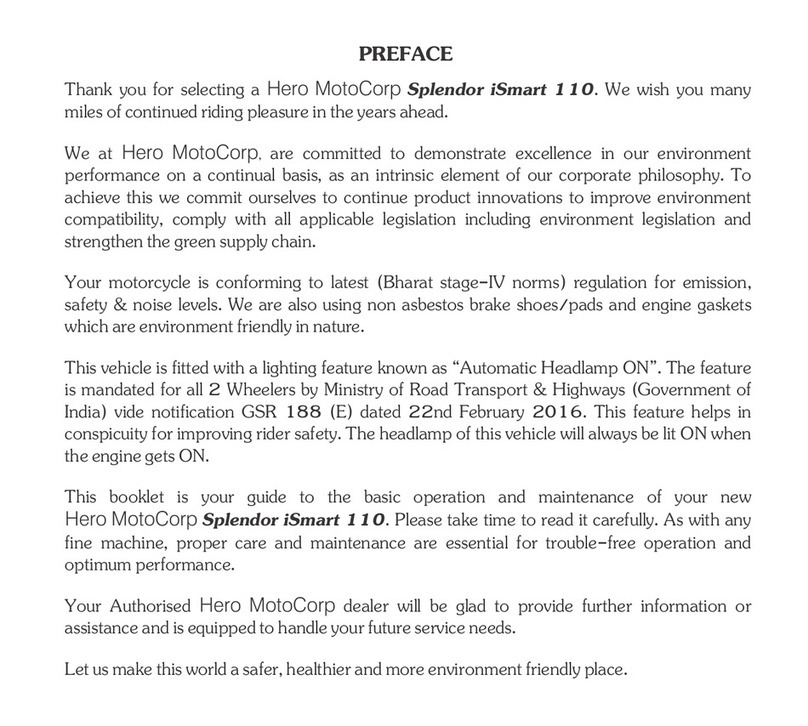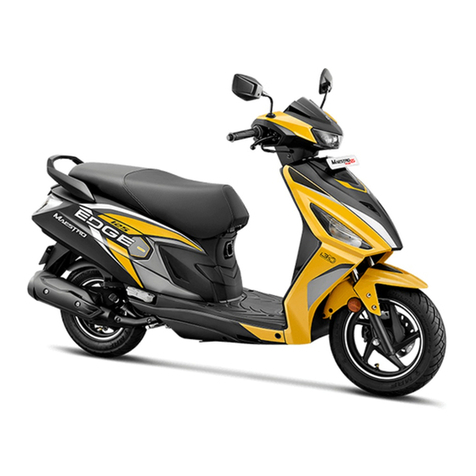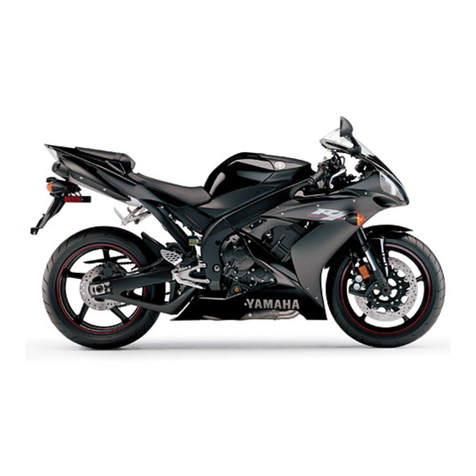HERO HUNK 150R User manual
Other HERO Motorcycle manuals
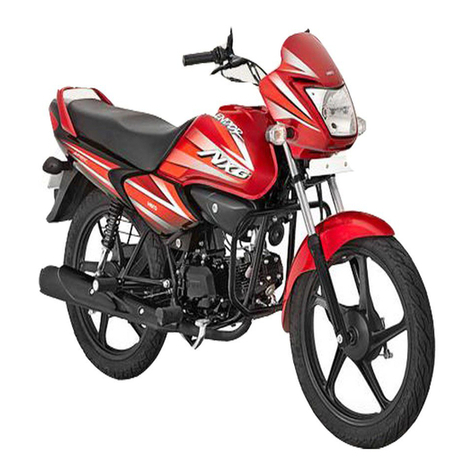
HERO
HERO SPLENDOR NXG User manual
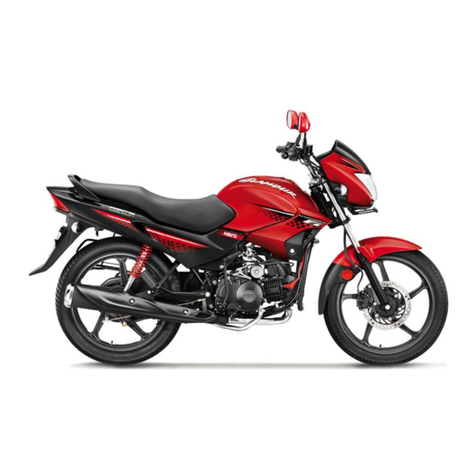
HERO
HERO GLAMOUR PROGRAMMED FI User manual
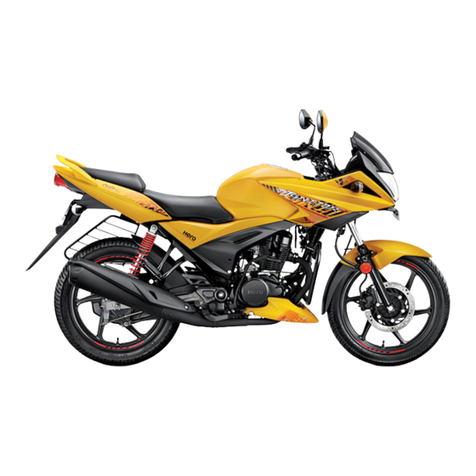
HERO
HERO IGNITOR User manual

HERO
HERO Super Splendor User manual
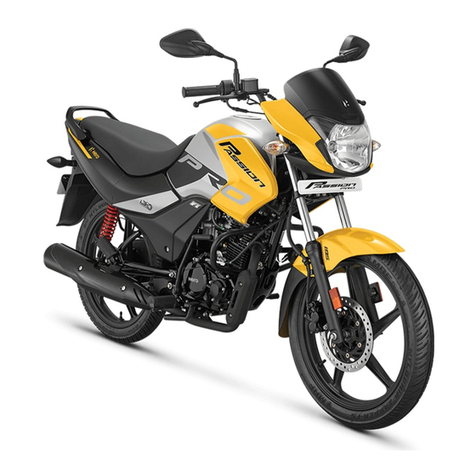
HERO
HERO PASSION PRO PROGRAMMED FI User manual
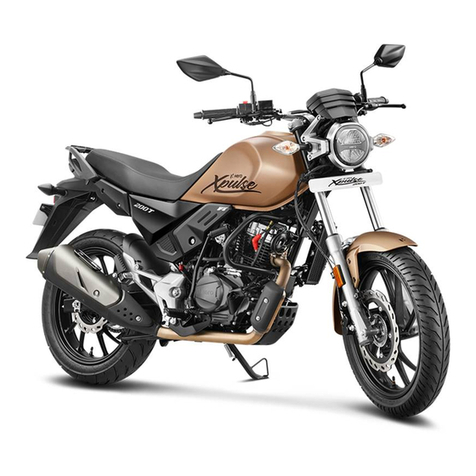
HERO
HERO MotoCorp XPULSE 200T User manual
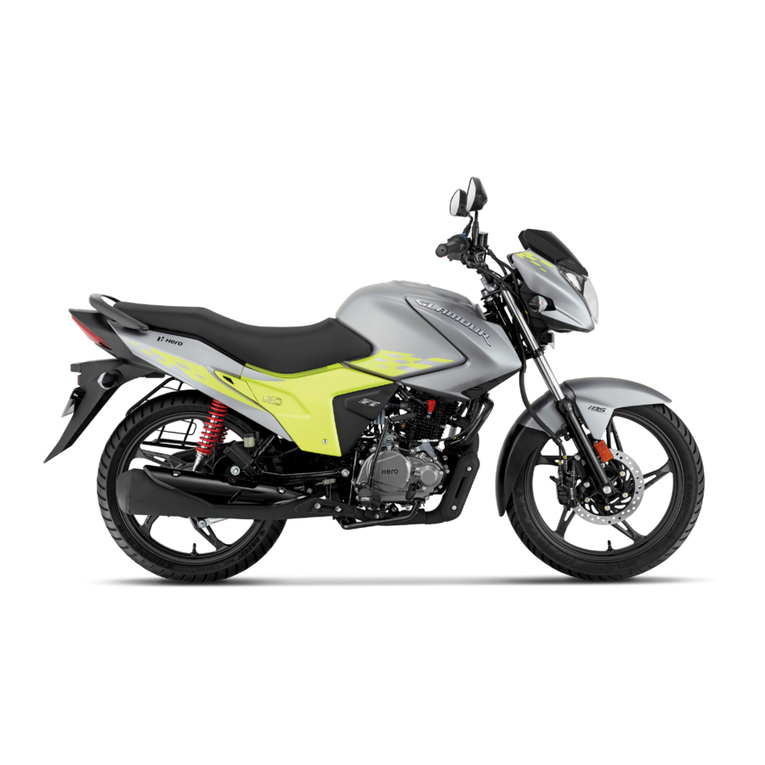
HERO
HERO GLAMOUR User manual
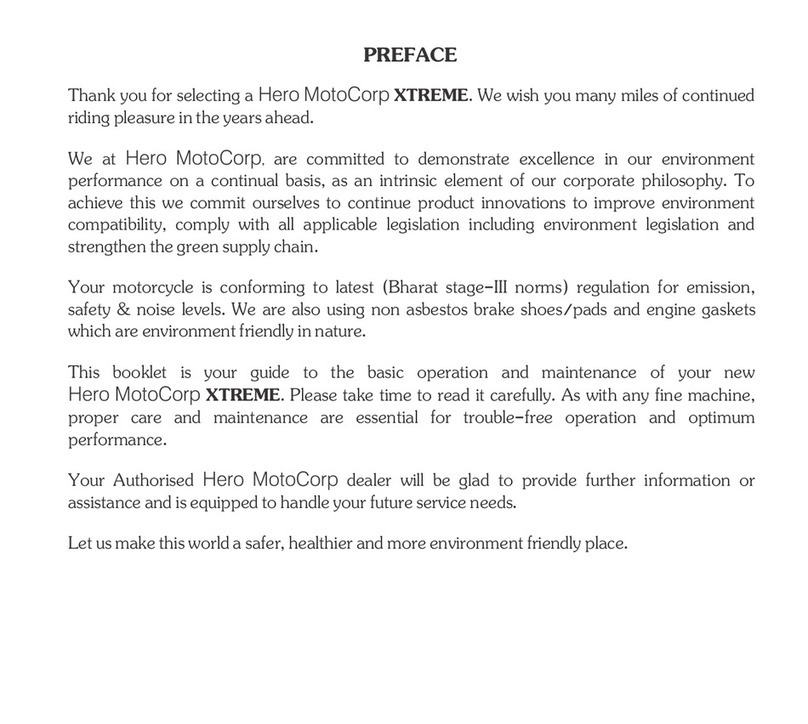
HERO
HERO XTREME User manual
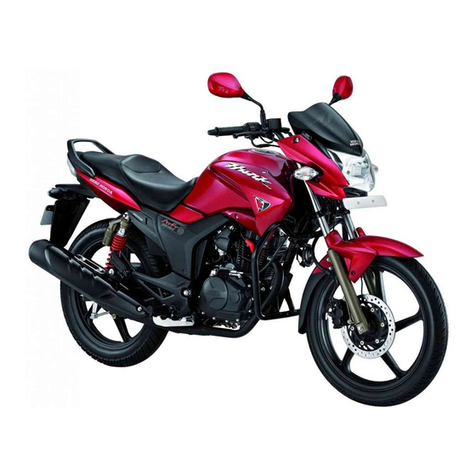
HERO
HERO HUNK User manual
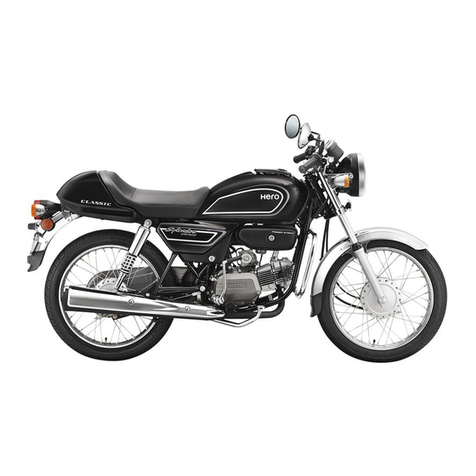
HERO
HERO Splendor Pro CLASSIC User manual
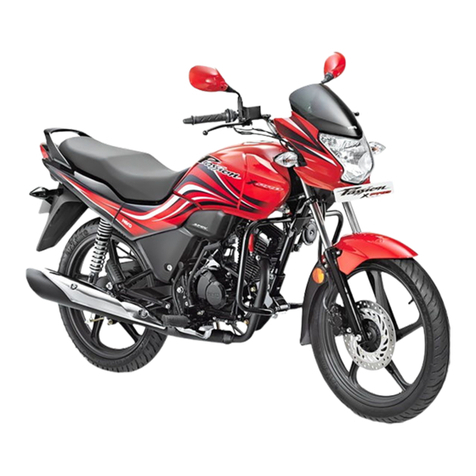
HERO
HERO Passion Xpro User manual
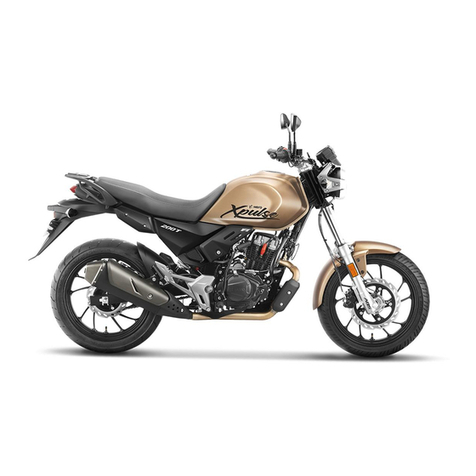
HERO
HERO XPULSE 200T PROGRAMMED FI User manual
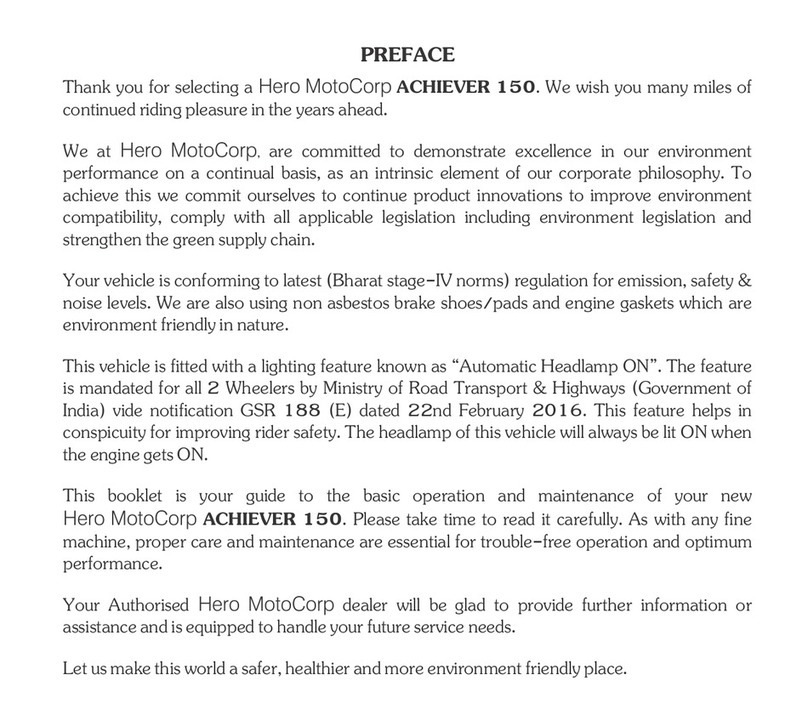
HERO
HERO ACHIEVER 150 User manual
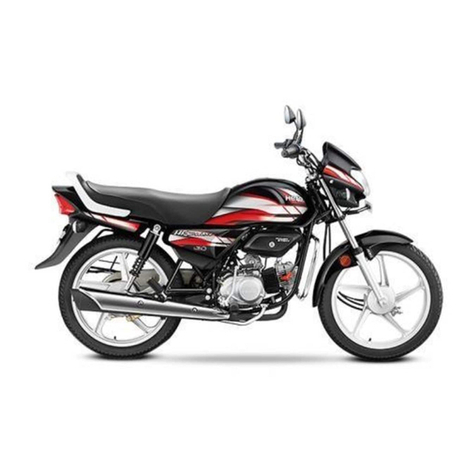
HERO
HERO HF 100 User manual
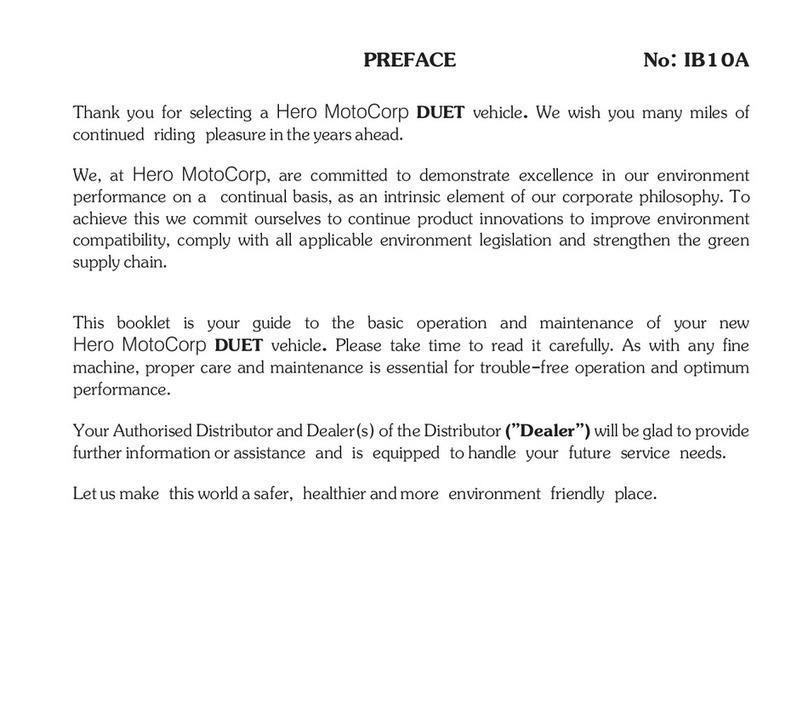
HERO
HERO MotoCorp DUET User manual

HERO
HERO SPLENDOR+ User manual
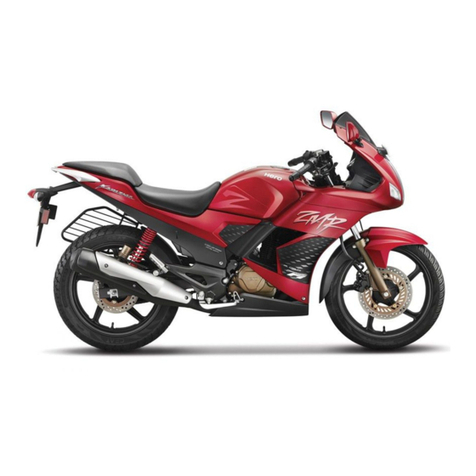
HERO
HERO Karizma ZMR User manual

HERO
HERO DAWN-150 User manual
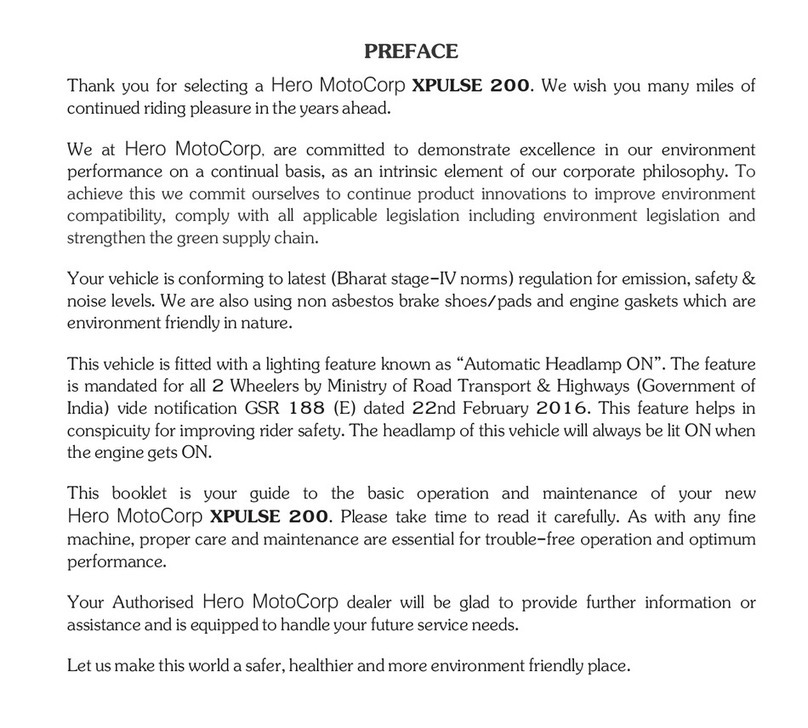
HERO
HERO MotoCorp XPULSE 200 User manual

HERO
HERO GLAMOUR User manual

